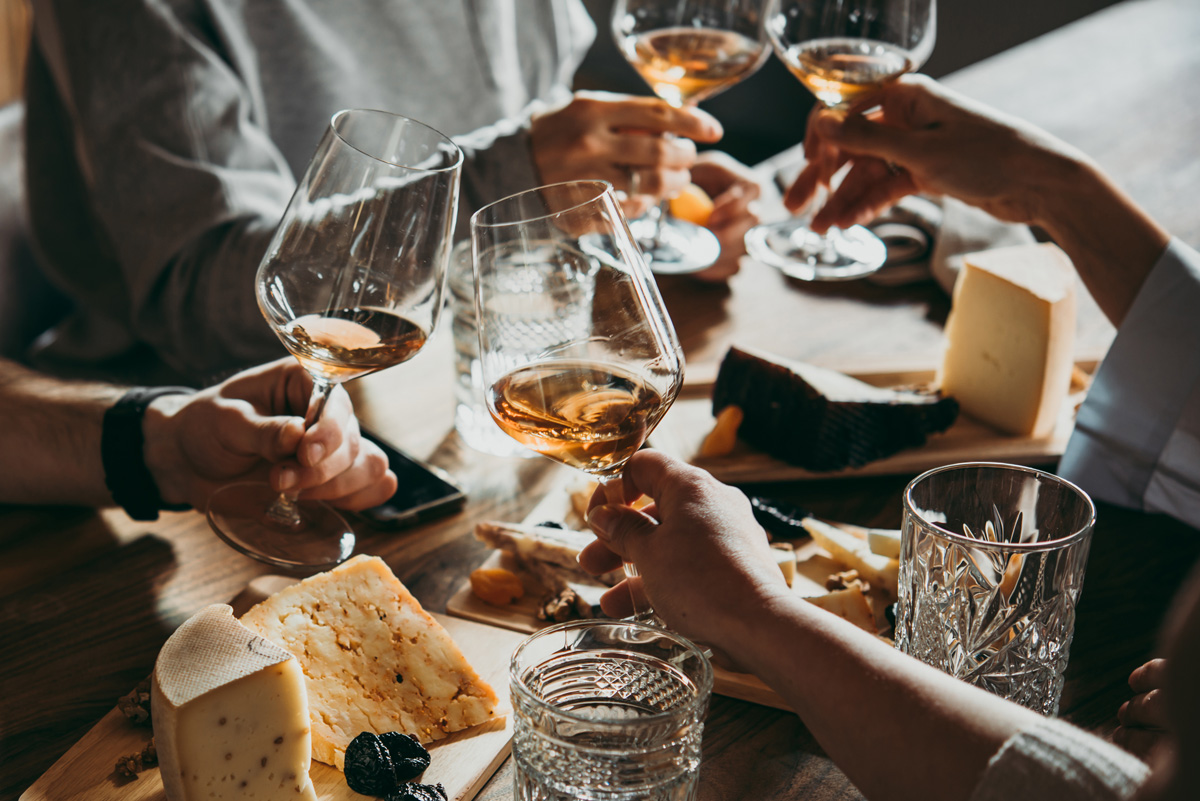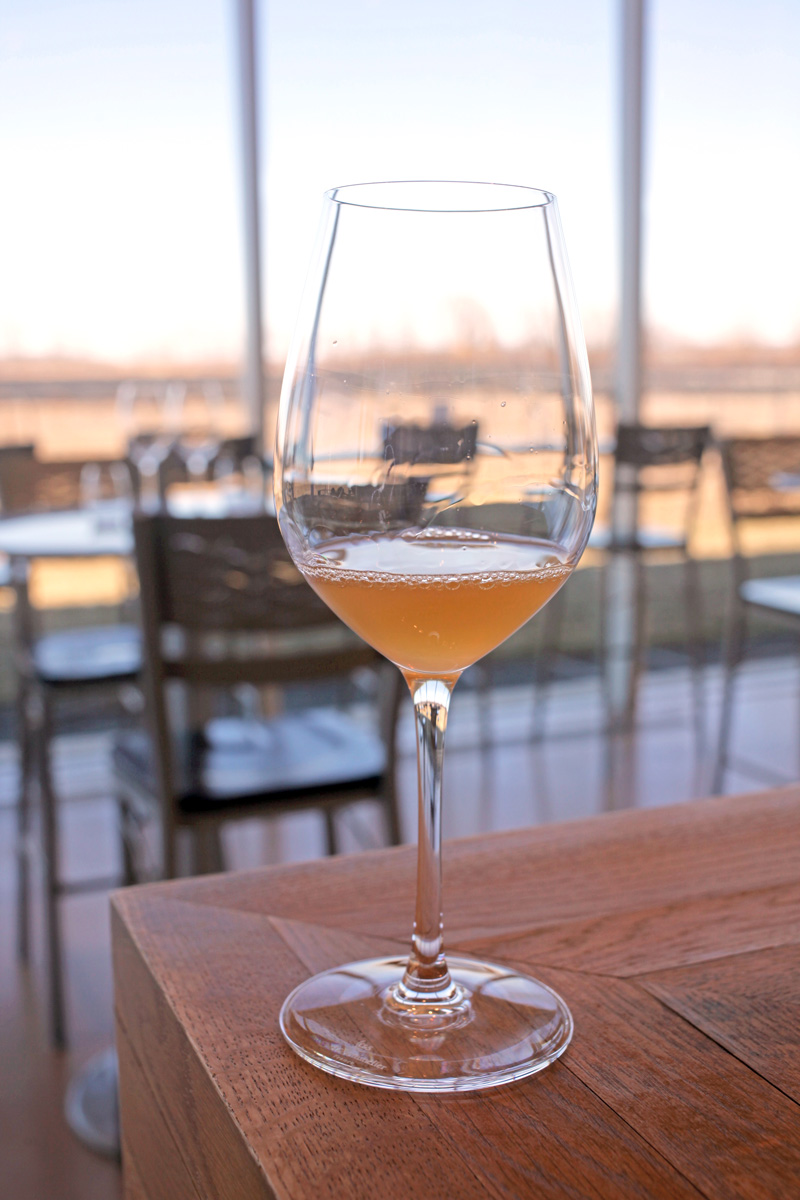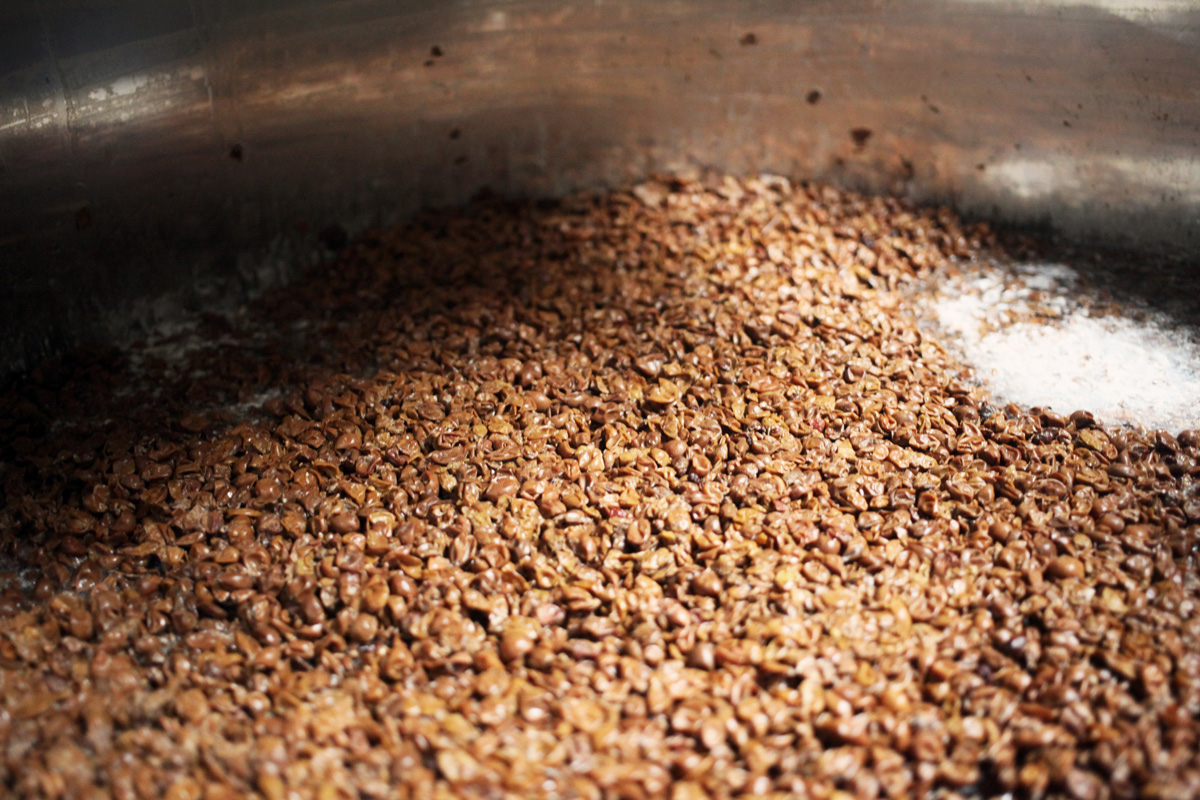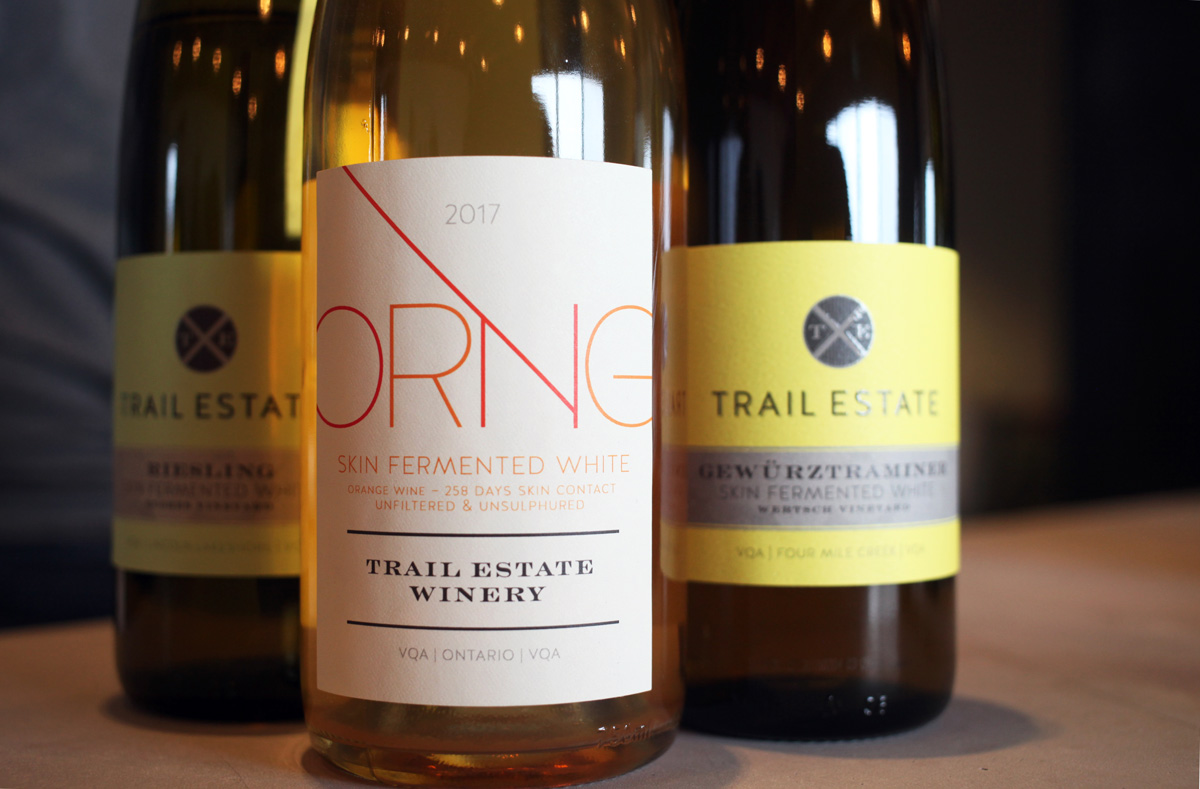
Ontario Wine Culture

Orange wine may be a new trend, but it’s actually an ancient technique. istockphoto.com photo
Back in 2014, Ann Sperling made her first orange wine, but there was one problem with it—Ontario’s wine regulatory body the Vintners Quality Alliance wouldn’t certify it. That motivated her to seek a rule change and, on Canada Day in 2017, Ontario became the world’s second region to grant orange wine its own category, making it a global leader in one of the most exciting wine trends.
But are consumers ready to embrace a new colour and category of wine?
While regulating orange wines is new, the style is ancient. Friuli, Italy, has been making it for centuries and in Georgia, the birthplace of wine, its history stretches back to the first fermented grapes.
Whether you call them amber, orange or the VQA’s technical “skin-fermented white wines,” they happen when winemakers make white wines like reds, crushing and fermenting the grapes on their skins. Having some characteristics of both white and red wine, without truly being either, orange wines are hard to definitively define.

2017 Southbrook Estate skin-fermented Vidal. Michael Di Caro photo
Sperling is the architect behind Ontario’s definition and rule change. The winemaker and viticulturist at Niagara’s Southbrook Vineyards grew-up on her family’s Sperling Vineyards in Kelowna, which she still co-owns. There she learned wine is grown, not made. She’s an evangelist for growing grapes organically and holistically, and sees orange wine as a natural extension of what she preaches in the vineyard so she made one from Southbrook’s biodynamically-grown Vidal in 2014. When VQA Ontario denied it certification after it failed its tasting panel, she submitted the paperwork for an official rule change.
The VQA responded by assembling a panel of winemakers who debated and decided the set of rules it would eventually adopt. The tasting panel is now informed when a wine is a skin-fermented white giving them the context to understand the cloudiness, savoury flavours and rusticity often inherent to the style is intentional and not flawed winemaking. To avoid stifling winemaker creativity the panel opted for a largely inclusive framework, except a minimum 10-day fermentation on the skins, more than twice as long as South Africa, which became the first jurisdiction to regulate orange wine in 2015. Ontario wanted to go beyond mere skin contact and ensure the wines were entirely intentional, explains Sperling.
Since implementation, says VQA Ontario executive director Laurie Macdonald, they have only received positive feedback. She views the process as a “poster child” and proof that VQA is set up to evolve. “It blazes a trail for the industry showing we can make these changes,” Macdonald says. “It’s a living document and we just have to keep it up to date.” New Zealand and Australia asked about the rules.
But not everyone is as satisfied. “As with everything the VQA does, I think it could’ve been done better, but at least they got around to doing it instead of dismissing a whole category of wine,” says Joshua Corea, sommelier and co-owner of Toronto wine bar Archive, who has a separate orange wine section on his list.
For him, the motivation behind an orange wine category was financial. One of the quirks and perks of VQA Ontario is how tax rebates are tied to certification—without it, a winery earns less than half of what a certified wine would when selling to a restaurant.
Underlying Ontario’s orange wine embrace is a generational shift in front of the bar and in the cellar. Millennial and Gen Z consumers and winemakers concerned with globalisation, the environment and highly processed foods are demanding more low intervention winemaking with organic grapes forgoing commercial yeast, additives, and bottling unfiltered—all things that help define and underpin orange wine.

Riesling fermenting on its skins possibly destined for 2018 vintage of Trail Estate’s ORNG. Michael Di Caro photo
Trail Estates’ winemaker Mackenzie Brisbois makes one of the province’s most diverse lineups of orange wines. They represent in part “going back to the old ways”; part experimenting in a region writing its first chapters; and part “trying to do better for the planet and people” by treading lighter in the way she makes wine.
There’s no boundaries with orange wine. It’s broadening the base for wine, bringing new people in to taste and explore. And it’s such a food-friendly wine that you can throw out some pairing rules.
Corea attributes the rise of orange wine to the generation of millennial winemakers like Brisbois meeting halfway with millennial craft beer lovers. They’re happily trading highly hopped IPAs for natural wines that have the “familiar stranger funk” that skin fermentation brings. These drinkers are adventurous and ask for natural wines telling Corea “I want the one that smells like shit,” referencing the brett from their favourite craft beers. But orange wines can also be the best of both worlds intensely aromatic like a great white while feeling richly satisfying and refreshing. “The best orange wines to me are as good as any light red wine in terms of elegance and finesse,” he says.
Orange wine is a small but growing category in Ontario. VQA certifications from the 2016 vintage went from one handful to three the next vintage and at Archive wine bar they’re outselling whites in winter. “People have asked me if orange wine is a fad. It’s legit. It’s not going away”, says Corea, “Imagine how foolish it sounds dismissing a whole style of wine?”.
Sperling also sees orange wine bringing a new crowd to the tasting room that better reflects Toronto’s multicultural mosaic. “There’s no boundaries with orange wine,” she says. “It’s broadening the base for wine, bringing new people in to taste and explore. And it’s such a food-friendly wine that you can throw out some pairing rules.”
After all, isn’t everything more fun when you break some rules?

Trail Estates has the province’s largest line-up of orange wine led by the quintessential ORNG blend. Michael Di Caro photo
(Niagara, $32) Only the Gewürztraminer of this three-grape blend spends time on its skins (six months), while the Chardonnay and Riesling don’t spend any, so it doesn’t qualify under VQA’s skin fermented white wine rules. While Pearl Morissette is an Ontario pioneer in exploring natural winemaking and orange wine, these days it’s far more interested in the extra texture skin fermenting brings to white wines. It prefers to abstain from the rule and semantic debates and convert in stealthy ways leaving this accessible floral blend with the texture of a perfectly pulled latte to speak for itself.
(Niagara, $30) A beautifully perfumed and a compelling exploration of the wine path less traveled. Bold flavours of orange oil, pear skin and peach pit are balanced by a lovely dry finish.
(Four Mile Creek, $35) A pumped-up alt. take on the G-wine that gives you all the weighty texture sans oiliness or sweetness. Forget the potpourri stereotypes and bring on the Persian pantry—rose hips, dried rose petal, borage, cardamom, dried lime and wild thyme.
(Niagara $55) A prototypical orange wine. The colour of a summer sunrise and slightly cloudy (it’s unfiltered and bottled on the lees). It feels like a light Pinot and eschews the fruit bowl of most Rieslings in favour of herbal tea, dried citrus peels and middle eastern spices.

Michael Di Caro is a writer and the editor of Vitis Ontario. He has been covering the Ontario wine industry for over a decade. You can find him in the cellar or among the vines uncovering the stories behind the bottle.

Michael Di Caro is a writer and the editor of Vitis Ontario. He has been covering the Ontario wine industry for over a decade. You can find him in the cellar or among the vines uncovering the stories behind the bottle.
Copyright © 2025 - All Rights Reserved Vitis Magazine